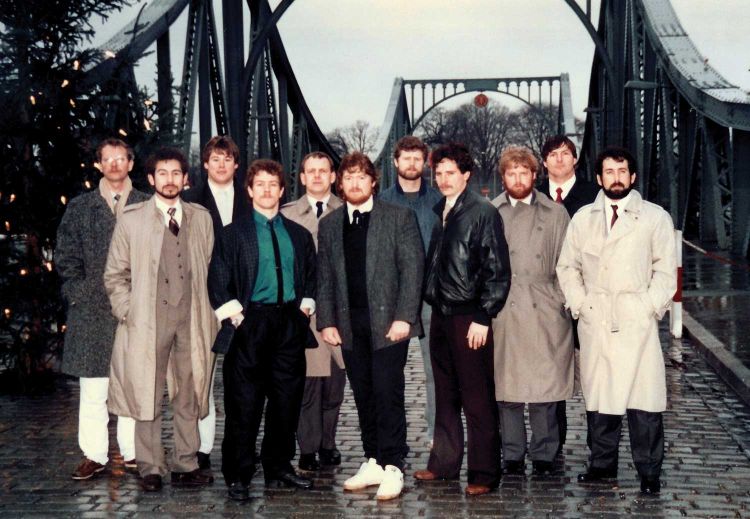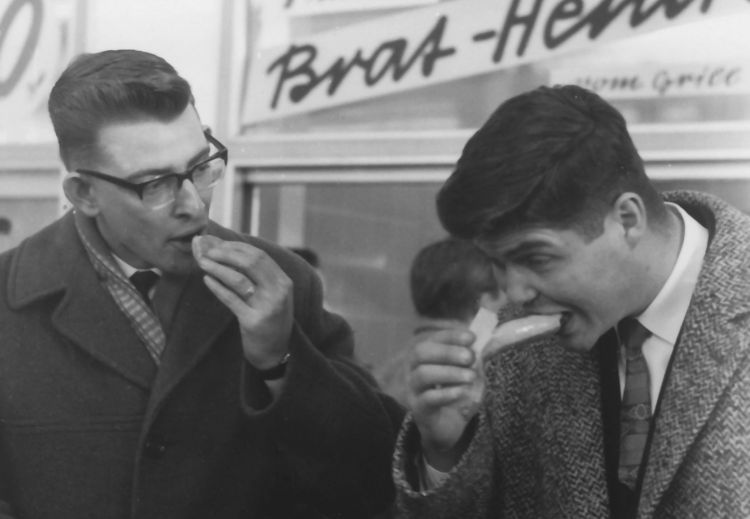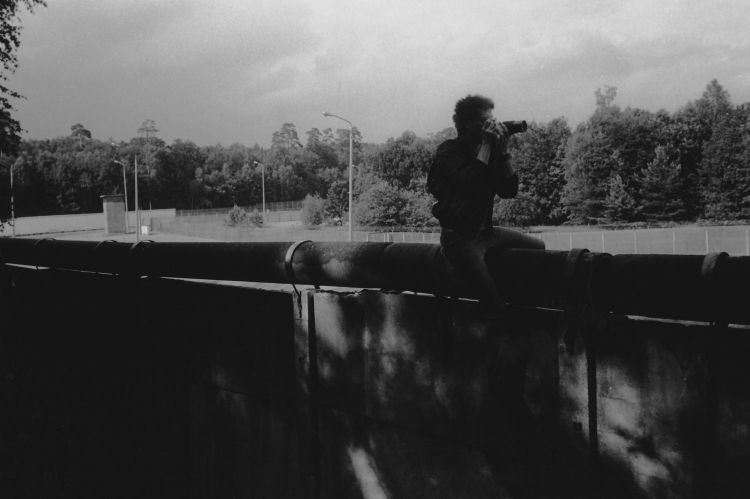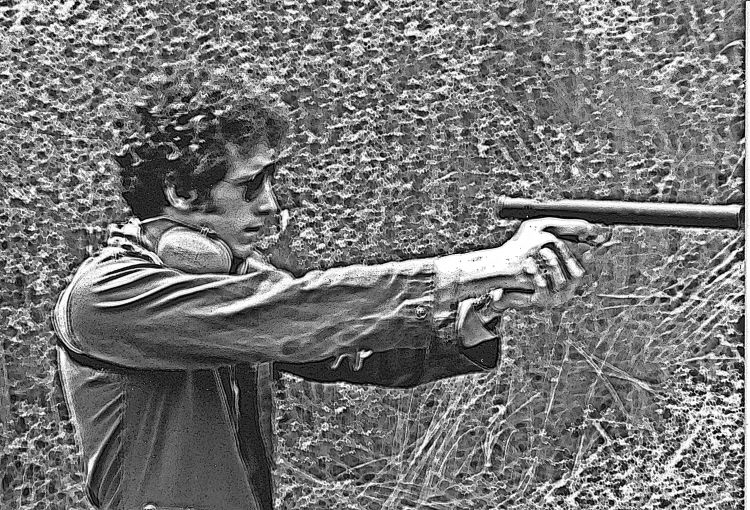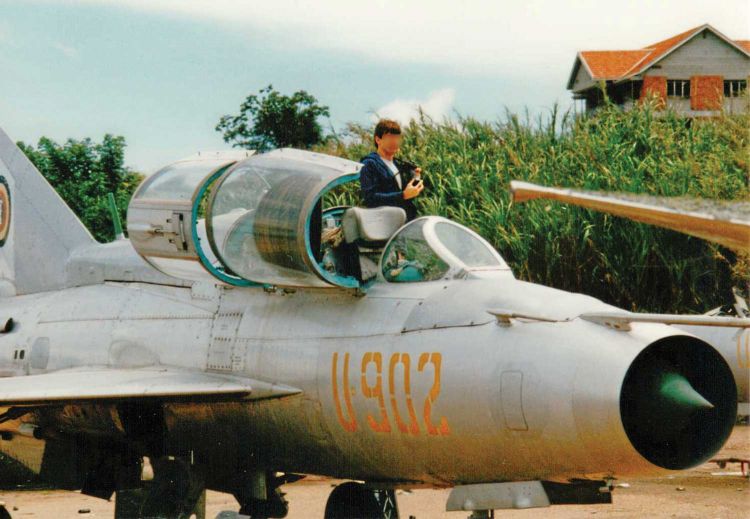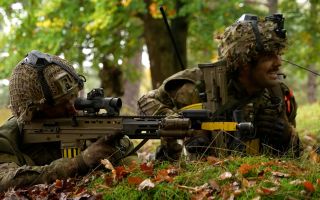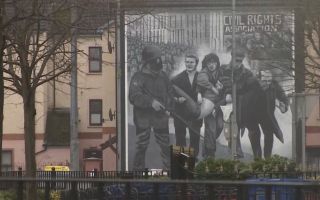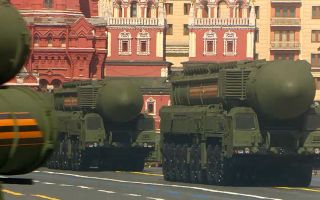
Special Forces Berlin: 30 Years Behind Enemy Lines

Article by James Stejskal, former US Army Special Forces, CIA Operative and author
Their enemy: The Soviet Armies of Eastern Germany, over 1 million strong
Their mission: Buy NATO time in the event of a Soviet attack on Europe
Their odds: Nil, suicidal
It was 1957 and the Cold War was in full swing. Nowhere was that more apparent than in Berlin, which was occupied by the four powers: the USA, Great Britain, France, and the Soviet Union.
Lying deep inside Soviet-occupied East Germany, everyone expected Berlin would be quickly overrun when the next war came. And while most thought it would become the world's largest Prisoner of War camp for the token NATO forces stationed there, some had a different idea.
In the early 1950s, the United States planned for more than just conventional war. Senior planners decided that US Army Special Forces (SF) would fight a guerrilla war far behind the lines to harass the Warsaw Pact forces and delay their onslaught.
The city of Berlin was no exception and from 1956 until 1990 a clandestine Special Forces unit of six 12-man teams was posted there for that eventuality.
Four of the teams would exfiltrate the city, leaving two behind in the city to create havoc. All would attack rail and waterway infrastructure, enemy petroleum dumps, command posts and other strategic targets to hamper and obstruct the Soviet advance.
The equipment and explosives for the job were hidden in locations around the city. Their mission was succinctly stated by the Supreme Allied Commander of Europe who instructed the unit to, "Buy me time, any time at all!"
One team had the mission to destroy two radio stations in the city. To prepare for the task it was decided to visit the stations. Even better, one SF trooper got a job at the Radio in the American Sector (RIAS) station.
Known to be a priority target the Soviets would need to in order to control the city, one soldier, a SF radio operator, got an intern job there. He learned which components required sabotage in order to put the station out of action and assembled a "target folder" for future reference. Other facilities got the same treatment.
The men were masters of clandestine unconventional warfare, sabotage, intelligence tradecraft and other useful skills and each had to be qualified in German, Russian, or another useful language.
These were soldiers who could work alone or in small teams and usually did so on the streets. They dressed to match the populace of the areas they worked in and blended in so well the locals didn't know where they really came from. And they had the documents to prove whatever cover they used.
They practiced what some might call "ungentlemanly" skills, but how better to overcome a powerful opponent than with guile?
After Willy Brandt became Mayor of West Berlin, the US Commander of Berlin tasked the unit to kill him - or at least to find out how it could be done. The object was to improve his security because it was believed that the Russians and East Germans wanted to kidnap him.
Two men were tasked with the job and 'Jim' and 'Gerhard' began to watch Brandt. They quickly discovered he was hard to track during his business day, but he had a routine that never changed - his route to and from work.
They plotted several locations, including a newspaper stand that he visited each day, where Brandt could be approached and eliminated. And they found a location where a sharpshooter could easily kill him in his home.
Most ingeniously, 'Gerhard' started a relationship with Brandt's maid to get very close to him. After working his way into her heart, he visited her apartment inside Brandt's compound. Brandt's security got used to seeing him and only noted his arrival and departure and he was able to find methods of assassinating the Mayor from this 'intimate' vantage point.
Once they finished their analysis, the team then showed their findings to the US Commander. It was swiftly classified and his routine immediately changed. (It's not clear where the relationship with the maid went.)
Special Forces Berlin continued to operate in the city until after the Wall fell in 1989. It stopped altogether in 1990 when the Soviets became our 'friends' and peace descended over Europe.
During its life, the unit conducted many classified operations, including leading the way into Iran for the ill-fated rescue mission in 1980.
Its expertise, although classified, was noted by the highest echelons of the US Armed Forces, including the Commander of US Army Special Operations Command, Lieutenant General Charles Cleveland who said: "No force of its size has contributed more to peace, stability and freedom".
James Stejskal is the author of 'Special Forces Berlin', published by Casemate. He served for 23 years with Special Forces, including two tours in Berlin. He then served 13 years with the CIA in Africa, Europe and Asia. He is now a military historian and conflict archaeologist.
Available now from the Casemate website and Amazon.
